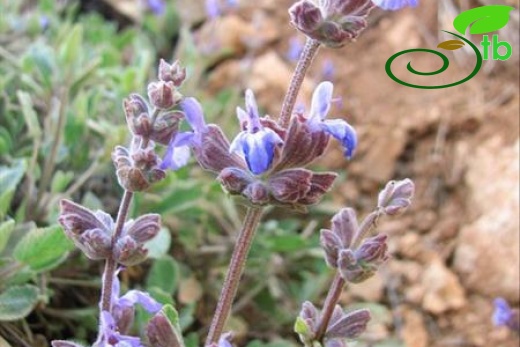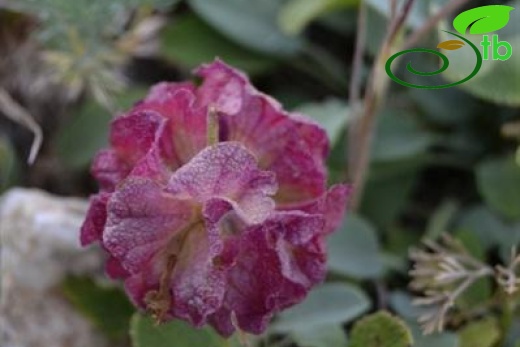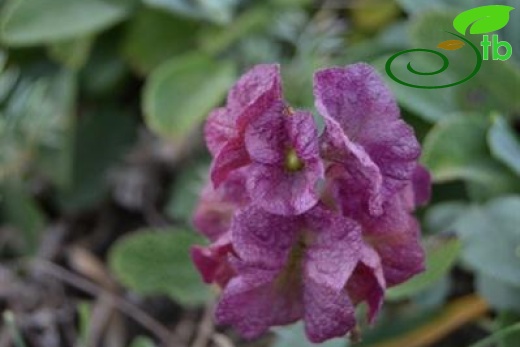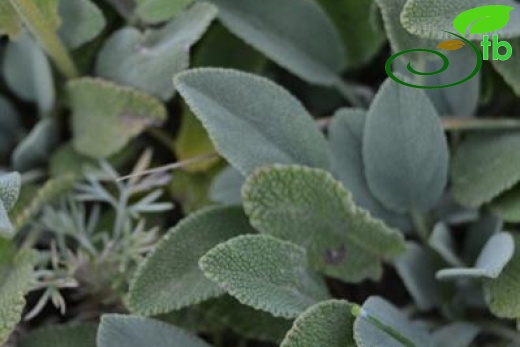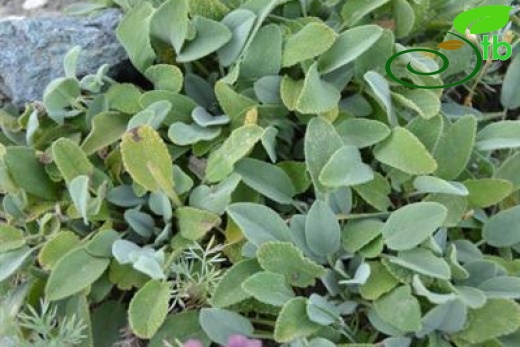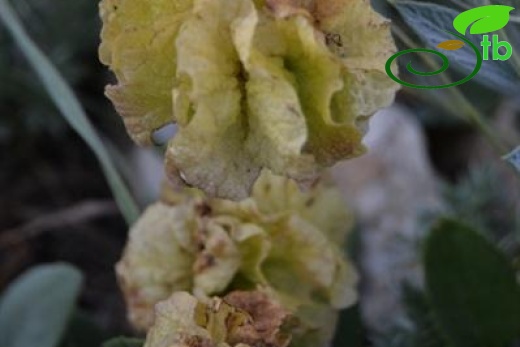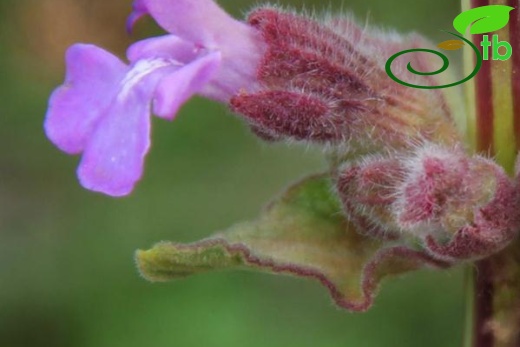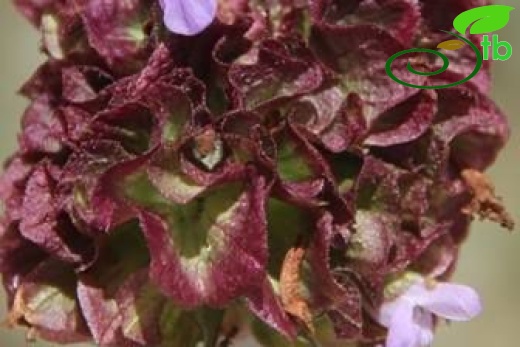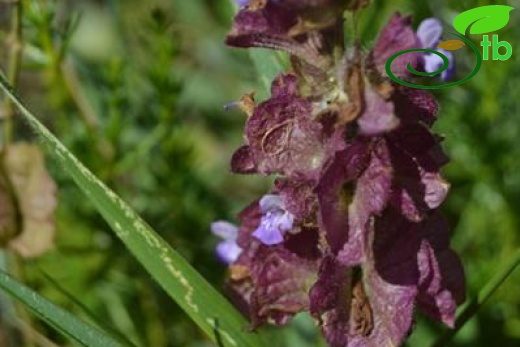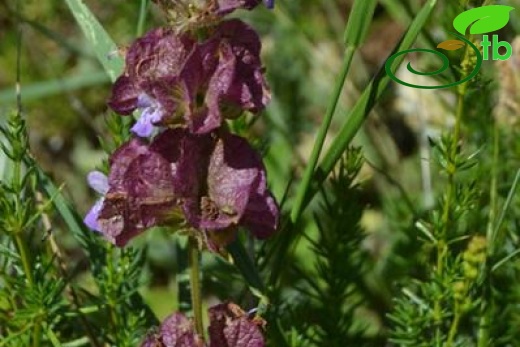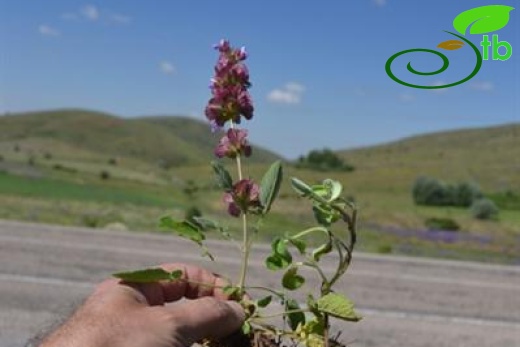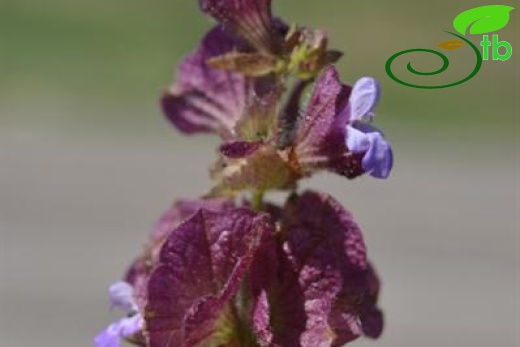Salvia multicaulis
Salvia multicaulis
Kürt reyhanı
Perennial herb, mat-forming, with a woody rootstock. Stems erect, unbranched, 12-55 cm, usually glandular-pilose to -villous, especially above, rarely glabrous, occasionally with dendroid hairs. Leaves simple, rarely with 1-2-pairs of small basal lobes, broadly ovate-elliptic to suborbicular, 2-4.5 x 1-3.5 cm, rugose, crenulate, with a dense indumentum of ± adpressed dendroid to dendroid-stellate hairs; petiole 1.5-6 cm. Verticillasters 4-10-flowered, usually distant. Bracts broadly ovate, C. 15 x 10 mm; bracteoles present. Pedicels 2-4 mm, erecto-patent, Calyx campanulate, c. 15 mm, to c. 17 mm in fruit and broadening, sparsely to densely glandular-pilose or -villous, purplish-violet, rarely yellow-green; upper lip indistinctly 3-lobed. Corolla purplish-violet, rarely white, c. 18 mm; tube ± straight, c. 12 mm, annulate; upper lip ± straight. Stamens A. Nutlets rounded trigonous, 3.5 x 3 mm, dark brown. 2n = 16, 18, 32. Fl. 4..7. Rocky limestone and igneous slopes, shale and sandy slopes, scree, fallow fields, in Quercus scrub, Artemisia steppe, amongst Cedrus, 550-2600 m.
W. Syria, Syrian Desert, N. Iraq, Iran, Sinai. Ir.-Tur. element.


